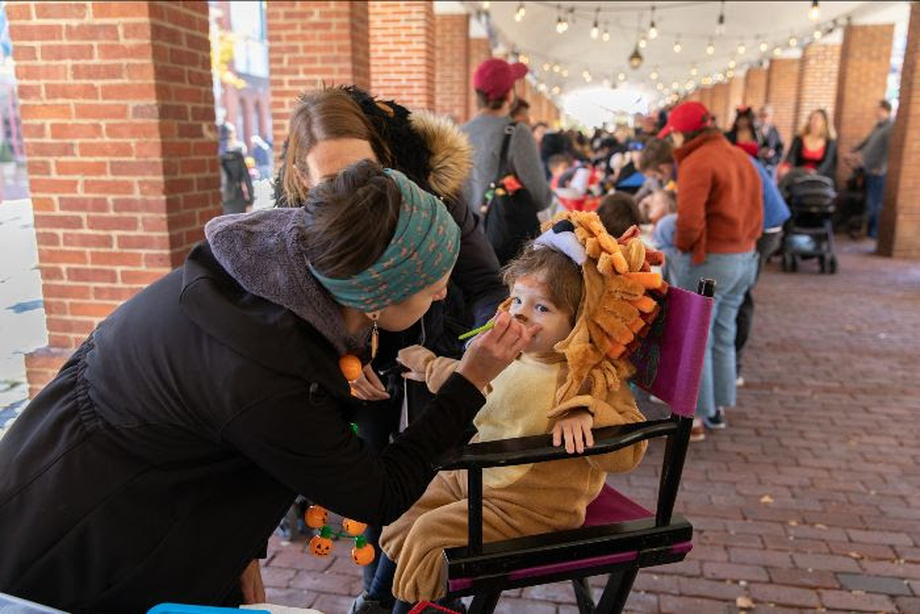TEXAS - The Austin real estate market is in the middle of a shift. While the housing market in Austin is still a seller's market, the trend is changing. More would-be buyers are now renting, thanks to a cooling down market. Next year, the market will shift from a seller's to a buyer's market.
Austin's Housing Market Pushed More Would-be Buyers Into Renting During Covid-19 Pandemic
Before the COVID-19 pandemic, Austin's housing market was tight, with rents rising by about 5% annually. In Austin alone, there are nearly 125 people moving every day. In addition, builders haven't kept up with demand, and city zoning laws limit the building of new multifamily housing. As a result, home prices have reached new peaks. In May alone, the median sale price in Austin and surrounding Travis county was $676,000, while the median rent was $2700.
While the housing market is still not balanced and favors sellers, the increased buyer bargaining power has left buyers savvier. In June, homes sold for nearly 100% of their listing price. However, residential home sales decreased by 20.3% year-over-year, although median home prices rose by 13%. In June, the number of new listings rose by nearly 19% to reach 6,160, and Austin's housing inventory rose to 2.1 months.
The one-sided seller's market pushed more prospective buyers into renting in Austin, even as home values increased. This demand for rentals will likely continue for the foreseeable future, and opportunistic Austin, real estate investors, should focus on long-term rental property acquisitions. This should offset the higher acquisition costs and provide years of positive cash flow.
Austin's Housing Market Is Cooling Down
Although Austin's housing market is not yet in a balanced state, it's beginning to cool down. While demand remains high and prices are still rising, a slowing growth rate in sales and inventory is a positive sign. With fewer homes for sale, buyers now have greater bargaining power. In June, homes sold for an average of 100% of the list price. Moreover, new listings increased by 19.6% to 6,160, and housing inventory reached two months.
Several factors are contributing to the slowing down of Austin's housing market. First, rising interest rates are likely weighing on the decisions of buyers. Austin's housing market is still considered a seller's, but the increasing costs of home financing prevent many from buying.
Second, mortgage rates have continued to rise in recent weeks. According to Freddie Mac, the 30-year fixed mortgage rate rose 2% from January to May 2022. And, of course, rising inflation and fear of recession contribute to broader economic uncertainty. Combined with the low housing supply, these factors could result in Austin's housing market cooling by 2022.
Austin's Housing Market Is A Seller's Market
Although the Austin housing market is still a seller's market, buyers have increased bargaining power. Last month, homes sold for more than a hundred percent of list price. This has forced Austin REALTORS to lower list prices, which is likely to push the selling price lower. New listings have increased 19.6% to 6,160, pushing Austin's housing inventory above two months.
While Austin is home to many tech companies, there are signs of a looming technology downturn. Inventories have surged nearly eighty percent in the last year, the largest increase of any metro in the U.S. Over the same period, Austin's housing market experienced the biggest year-over-year increase. Austin was followed by Sacramento and Phoenix, with each market experiencing an almost five-hundred percent increase in inventory.
In April 2022, CoreLogic released a report showing that Austin is one of the top 10 real estate markets with the biggest increase in single-family rents. This is because of the booming local tech industry, the shift to remote work, and relative affordability. According to the CoreLogic report, home prices in Austin increased 19 percent from May 2021 to May 2022. Also, properties near the University of Texas Austin will command high rents, as there are approximately 40,000 students at UT Austin alone. Other notable universities in the city include Saint Edward's University, Huston Tillotson University, and National American University.
Austin's Housing Market Is Shifting
The Austin housing market is becoming more competitive, and traditional homeownership is becoming less popular. Instead, homebuyers are opting for condos and townhomes. The city has been one of the most dynamic real estate markets in the U.S. for several years now. The median home price is already up 20% year-over-year, tying its April high of $550,000.
Real estate experts predict the Austin housing market will experience a major shift next year. This shift will mirror a trend already present in other major cities. In Austin, home prices rise faster than the usual 5-6% rate. However, home sales are down compared to the same period in 2021.
A recent study from Austin's Texas Association of Realtors showed that the median home price in the city is $365,500 - a 19% increase from the year before. As a result, affordability will become an issue in the city. A 2,500-square-foot house in Downtown Austin is listed for $1.5 million. As a result, Austin's housing market is expected to shift by 2023.



